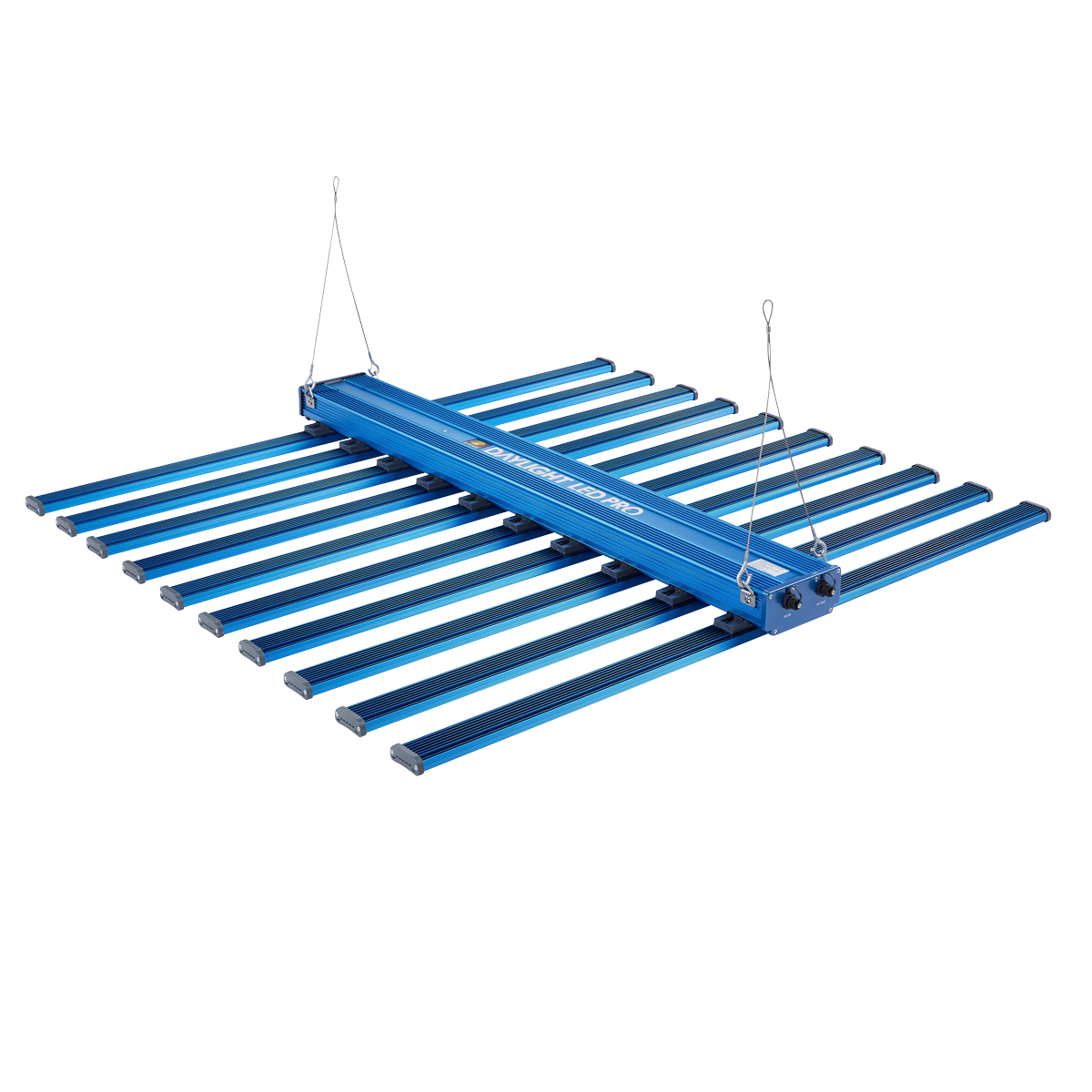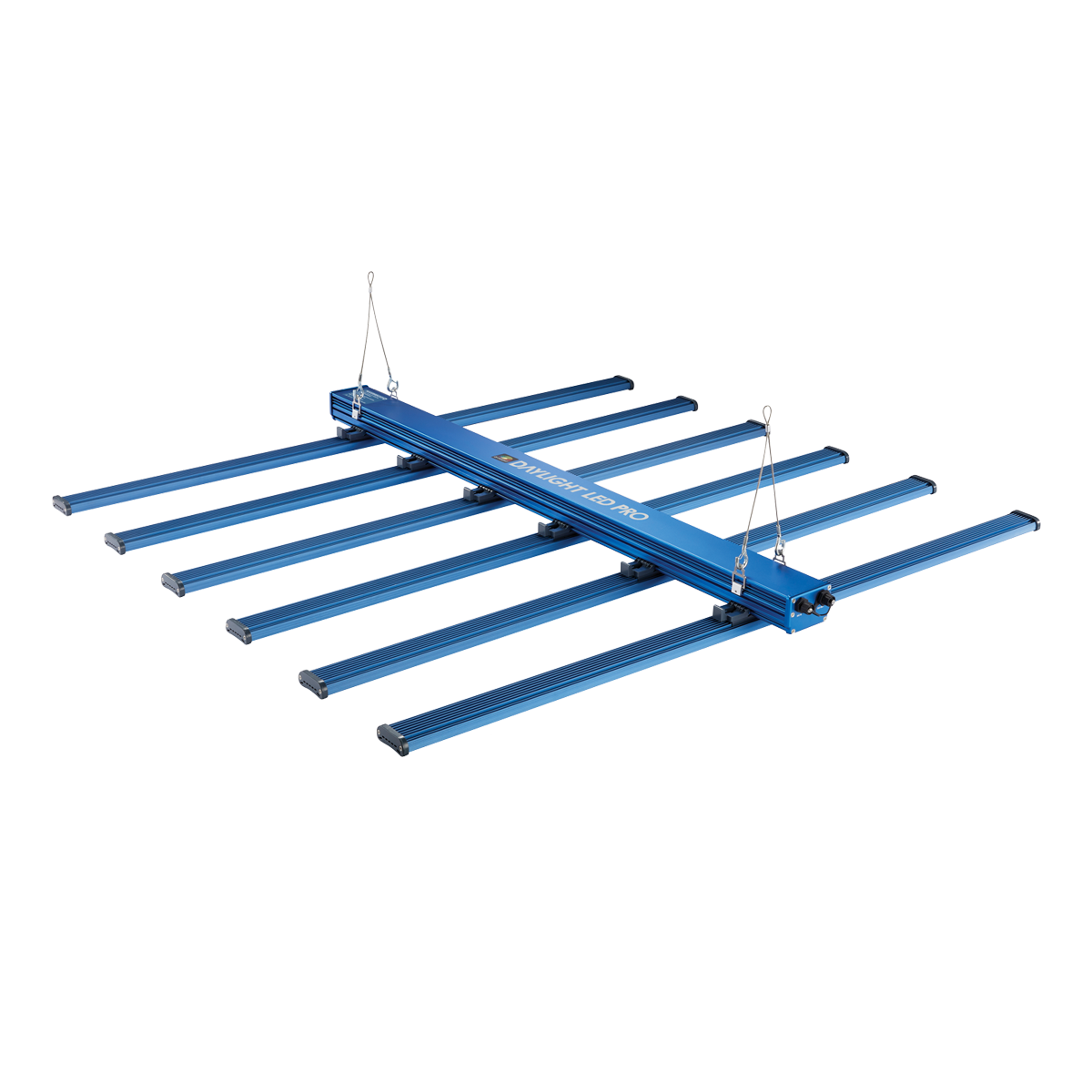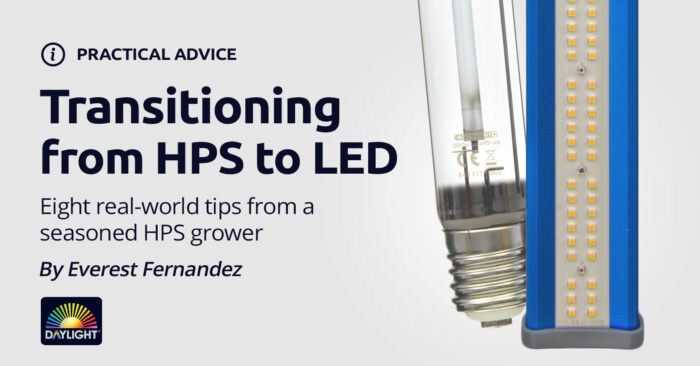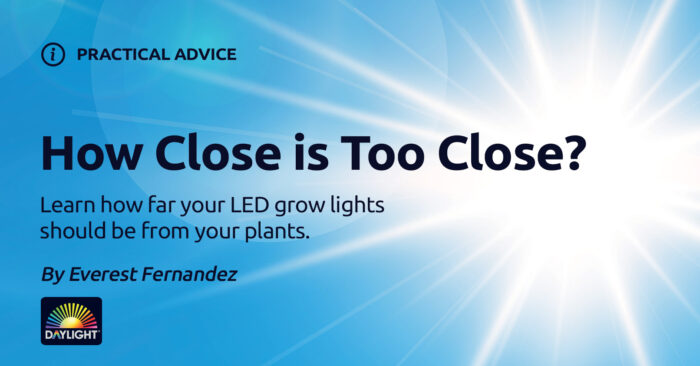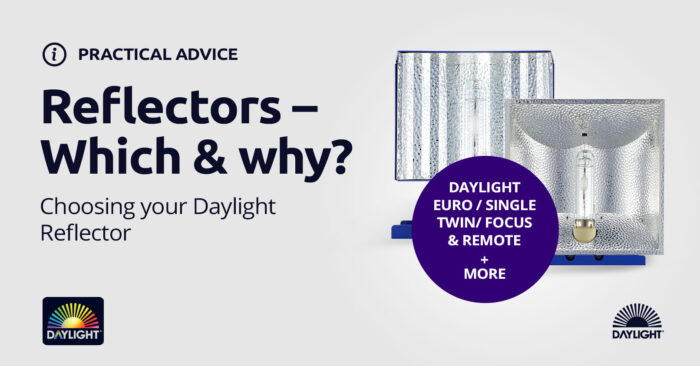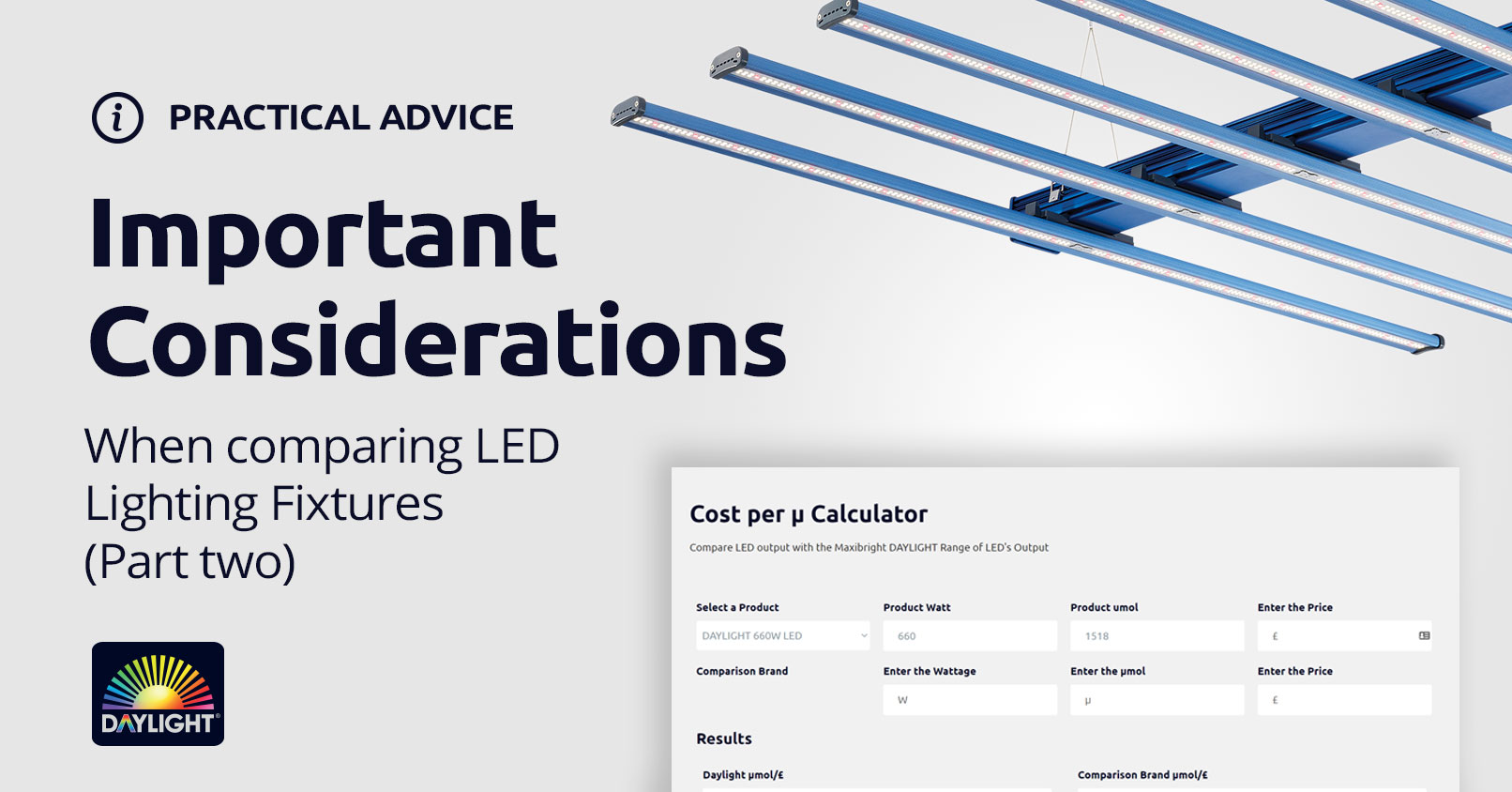
Okay! We’ve already gone over the basics in “Important Considerations when Comparing LED fixtures (Part one)” — now it’s time to plough a little deeper into the nitty gritty.
Light
So you’re seriously thinking about investing in an LED grow light. That’s great news—but obviously, when it comes to discovering if you’ve made the right choice of horticultural LED lighting fixture, the proof will ultimately be in the pudding—i.e. the observable plant response after you’ve used the grow light for a few weeks or more. But, by then, you’re kind of committed and halfway down the track! What sort of things can you look out for in the grow shop before you take the plunge and purchase an LED for growing plants indoors?
When you’re buying an LED fixture, you are fundamentally buying a sort of “conversion machine”: your aim is to convert electrons (electricity) into photons (light)—in other words, when you’re buying an LED grow light you are “buying light”. (Or “photon futures” if you like to play the markets!) There are two major things to consider here for your potential grow light investment: the quantity of light the fixture will emit relative to its energy consumption and the quality of the light it produces.
Cost vs Output
To make life easier when comparing LED fixtures we have created an online calculator so you can easily compare how much light you can produce with a Daylight fixture compared to any other LED fixture.
We made this tool to help growers like you! If you’re buying light you want to know how much you’re going to get for every £ you spend on your lighting fixture.
Quality of Light
If you’re intending to use your LED grow light as a sole light source (i.e. in an indoor grow room, rather than as a supplementary light in a greenhouse) then the quality of the light emitted by your grow light is a huge deal! After all, your grow light is responsible for producing every photon of light that your plants will receive and those photons comprise the input energy of photosynthesis.
But wait—what do we actually mean by “quality of light”? Can one photon be “better” or “higher quality” than another? Well, when it comes to the qualitative aspect of light, we need to pan back quite a bit and look at the totality of photons our grow lights deliver. Is there a broad range of wavelengths / colours and are they at healthy ratios to one another. Also, how are these photons distributed spatially? Are they scattered and diffuse or concentrated like a beam / laser? Most importantly for growers, what are the implications for plant growth and development?
Look to the Sun
When it comes to plants and photosynthesis, it makes sense to acknowledge the “gold standard” of plant lighting—the Sun! After all, plants have evolved for millions of years to exploit natural sunlight—so what are sunlight’s key characteristics?
The Sun is a full spectrum, continuous light source. This means it provides all of the colours, from violet through to deep red, all of the time, with no sharp peaks or troughs. Plants also receive ultraviolet and infrared radiation from the Sun. Furthermore, if your chosen plant species is native to higher altitudes, it will have adapted to elevated levels of ultraviolet and infrared, as atmospheric absorption decreases the higher you go.
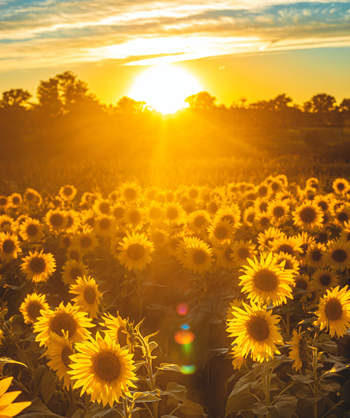
Mono and Phosphor-Coated Diodes
Horticultural LEDs come in two major types: mono and phosphor-coated. Mono diodes emit light in just one colour—typically across a wavelength range of around 15 nanometres. Phosphor-coated diodes emit full spectrum light, but at the cost of losing some efficiency. Some LED fixture manufacturers go heavy on red diodes. Why? Well, red is certainly one of the most important colours of light for plants and it is very effectively absorbed by chlorophyl. It is also relatively cheap to produce red LEDs and they are highly efficient, with some of the top-end red LEDs operating at over 4 μmol/J! So, chucking in a load of red diodes into the mix when designing an LED horticultural lighting fixture is a great way to boost overall photon efficacy numbers. However, too much red light can increase the risk of phototoxicity which can lead to bleached leaves and flowers, stunted generative development, necrosis and mould. It can also cause some plant species to become tall and gangly during the vegetative phase, making them tricky to support and to light efficiently during the flowering phase.
As already mentioned, phosphor-coated “white” LEDs aren’t as efficient as red diodes, but they have recently pushed through the 3 μmol/J barrier. They produce a beautiful broad spectrum, covering everything from violet through to green, yellow and red. Available in different “accents” (3K, 4K and 5K colours—3K is described as “warmer” or yellower white light whereas 5K is “cooler” with a bluer tone) , some manufacturers choose just one type of white diode and others go for a mix.
Full Spectrum LEDs are Recommended for Indoor Use
For indoor use, look for full spectrum (aka broad spectrum) fixtures with an overall white colour. Foliage should appear natural and green rather than purple. Red “mono” diodes are important for efficiently boosting biomass in the flowering stage but the majority of the diodes should be 3K, 4K or 5K phosphor coated.
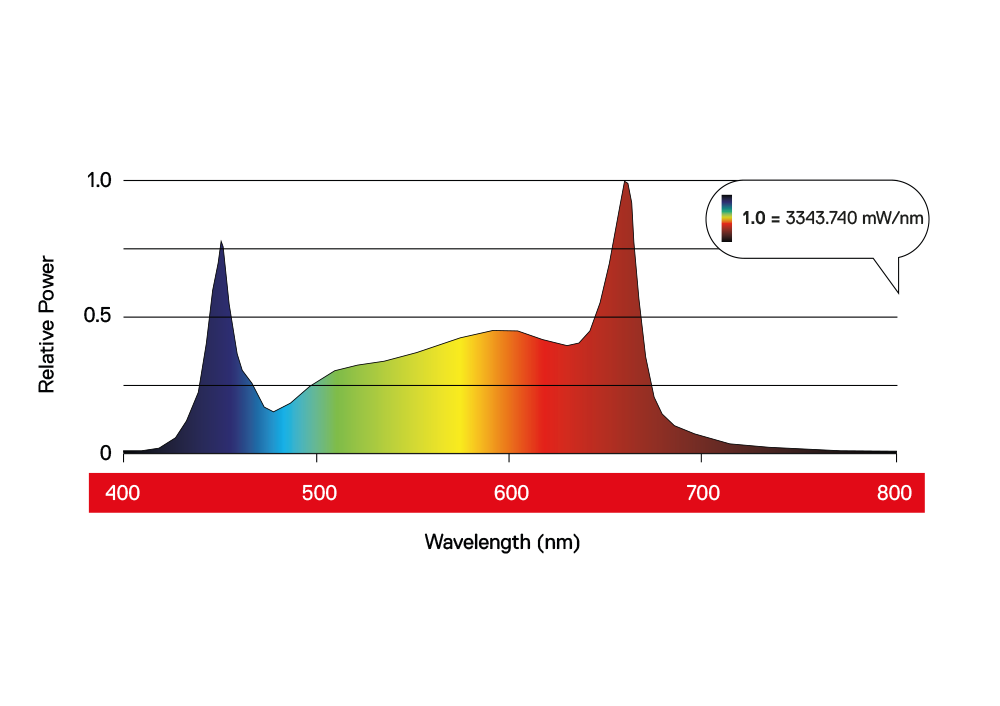
Our Recommendation
Unsurprisingly, we are adamant that the best way to start your quest for a new LED grow light is to check out our Daylight LED range — we consistently lead the pack in terms of delivering cutting-edge LED lighting fixtures that combine raw lighting power with supreme spectral quality—and all at a highly competitive and reasonable price. As lighting industry veterans, we know exactly what’s required from a modern LED grow light. We’ve been engineering and building horticultural lighting fixtures for decades and have a deep understanding of the light intensity and spectral quality needed to drive even the most light-loving plants to full fruition indoors. If you have any questions, before or after your purchase, you can reach out to us here or follow us on Instagram: @maxigrowhorticultural

